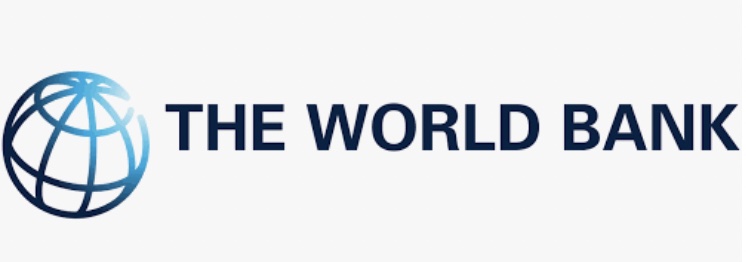The World Bank expects the country’s economy will grow faster next year at 5.9 percent compared to its unchanged forecast of 5.8 percent for 2024 on the back of sustained growth in private consumption and recovery in service exports.
The World Bank, which presented its April 2024 East Asia and Pacific Economic Update on Monday, April 1 in a press briefing, did not change its 2024 Philippine gross domestic product (GDP) forecast of 5.8 percent since it first announced this in October 2023. This was higher than the actual 5.6 percent GDP growth in 2023, but lower compared to the government target of 6.5 percent to 7.5 percent.
The global financial institution however revised higher its 2025 growth forecast for the country from 5.8 percent to 5.9 percent since it generally expects most countries in the region can sustain growth despite global headwinds. It is still lower than what the Marcos administration was hoping for which was 6.5 percent to eight percent GDP growth from 2025 until 2028.
Besides private consumption and growth in services exports, the World Bank thinks public investment is another growth driver for the Philippines despite that private investments and goods exports have remained low.

Among Developing East Asia and Pacific countries, the Philippines and Cambodia have the highest growth estimates for 2024 at 5.8 percent each. Vietnam is projected to growth by 5.5 percent this year; Indonesia at 4.9 percent; Mongolia at 4.8 percent; China at 4.5 percent; Malaysia at 4.3 percent; Thailand at 2.8 percent; and Myanmar at 1.3 percent.
For 2025, the Philippines falls behind Mongolia, Cambodia and Vietnam which the World Bank expects will grow by 6.6 percent, 6.1 percent and six percent, respectively, compared to the country’s 5.9 percent GDP estimate.
World Bank East Asia and Pacific Vice-President Manuela V. Ferro said Monday that the East Asia and Pacific region still have a “strong contribution to world economic growth” despite that it has to contend with “more challenging and uncertain global environment, aging population and the impacts of climate change.”
“Countries of the region can sustain their growth momentum by accelerating the opening of more activities to private sector investment, resolving financial sector challenges, and boosting productivity,” said Ferro.
World Bank East Asia and Pacific Chief Economist Aaditya Mattoo, meanwhile, said that “while growth in per capita incomes in the East Asia and Pacific region has surpassed most other developing economies in recent decades, it has been driven by investment rather than productivity growth.”
“Bold policy action to unleash competition, improve infrastructure, and reform education could revitalize the region’s economy,” he also said.
The World Bank said countries in Developing East Asia and Pacific will grow faster versus the rest of the world “but slower than it was before the pandemic.”
“While recovering global trade and easing financial conditions will support economies in the region, increasing protectionism and policy uncertainty will dampen growth,” according to its semi-annual economic outlook for the region.
For 2024, the World Bank forecasts regional growth of 4.5 percent from 5.1 percent in 2023.
It also forecasts growth in Developing East Asia and Pacific excluding China at 4.6 percent this year versus 4.4 percent in 2023.
Despite the growth momentum in the region, the World Bank said the outlook has downside risks such as a “greater than expected slowdown in the global economy, higher for longer interest rates in major economies, increased uncertainty around the world about economic policies, and an intensification of geopolitical tensions.”
The report updating the economic outlook also noted that productivity growth among the region’s leading corporations has lagged when compared to leading global firms.
“The gap is especially stark in digital-intensive sectors. Because new technologies typically gain traction first among leading firms and cascade later to other businesses, this trend raises concern across the business spectrum,” said the World Bank.
It added that “impediments to competition, uneven worker skills and weak management contribute to lagging productivity growth among firms.” What can help increase productivity, it further noted, was “opening goods and services to greater competition and enhancing human capital – through investments in teachers and in tertiary education.”
In a December 2023 Philippines Economic Update, the World Bank had forecasted for 2024 and 2025 the same 5.8 percent growth. This was still rebound growth from 2023’s 5.6 percent on the back of improvement in domestic demand, recovery in the tourism sector and sustained growth of the IT-BPO industry.
In the next two years, the World Bank expects more jobs will be created which will increase household income and boost consumption. Basically, consumption is still projected to provide the growth engine, supported by robust labor market, steady remittances growth and lower inflation.